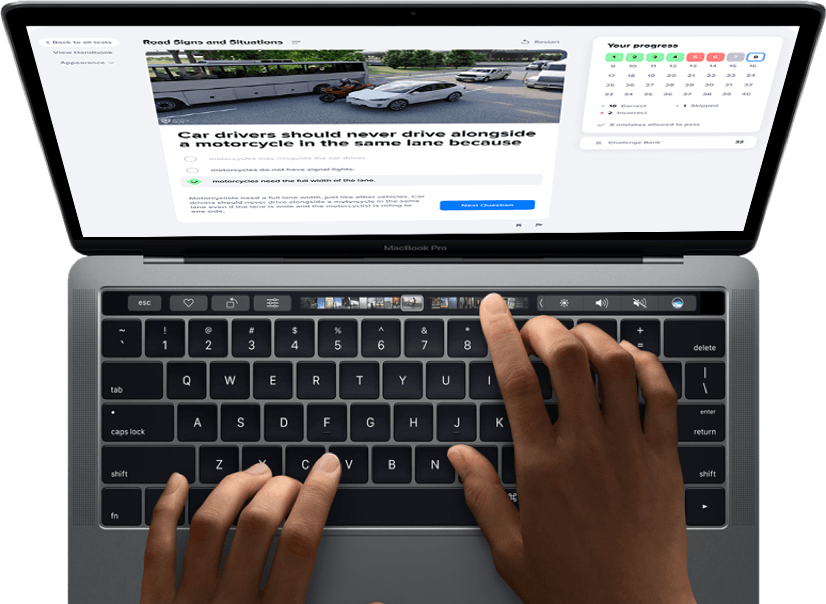Errors made when changing lanes are some of the most common causes of automobile accidents. Whether you are driving on a busy metropolitan four lane road or on an interstate highway, you must use proper lane changing techniques every time you switch from one lane to another.
Below are several general considerations about changing lanes that every driver should be aware of.
- On a four lane road where two lanes travel in one direction and two other lanes drive in the opposite direction, with either a median or turning lane in the center, the right lane is designed to be the primary driving lane. The left lane is intended to be used by motorists to safely pass other vehicles that are travelling at a slower speed than they are. You should not drive in the left lane for an extended period of time or long distance for any reason.
- All drivers should surrender the left lane to approaching emergency vehicles. These vehicles always have the right of way.Move right to give way to emergency vehicles
![ambulance]()
- It is never safe to weave in and out of traffic by continuously changing lanes. It is highly probable that weaving in and out of traffic will result in a citation and/or an accident.
There are certain steps every driver should take each time he or she changes from one lane to another. These steps should be continuously observed for optimal driving safety.
How To Change Lanes Properly in 8 Simple Steps
- 1
If you find that you are behind another vehicle that is driving at a slower speed than you are and you are still driving well below the posted speed limit, it is acceptable to briefly change into the left lane in order to pass the car. First, turn on your left turn signal to inform other drivers of your intentions to move into the left lane.
- 2
Check your rear view and side mirrors for other vehicles currently in the lane in which you are planning to transition.
- 3
Check your vehicle’s blind spot. Here’s a small guide that helps you deal with blind spots efficiently:
It is very important to check you blind spot ever time you prepare to change lanes. Check your mirrors again.
- 4
While maintain your speed, smoothly steer left so that your vehicle leaves the right lane and moves into the left lane.
- 5
Turn off your turn signal. Briefly continue driving in the left lane as you pass the slower vehicle.
- 6
Turn on your right turn signal to inform other drivers of you intentions to transition back into the right lane.
- 7
Check your rear view and side mirrors for other motorists. Check your vehicle’s blind spot. Quickly check your mirrors again.
- 8
While maintaining your speed, smoothly steer right so that your vehicle leaves the left lane and returns to the right lane.
Check the following tutorial and avoid the most common errors while changing lanes:
Most motorists should not need to change lanes often.
Remember to be patient with other drivers, particularly those who drive at slower than average speeds. You should never change lanes without following each of the above listed steps carefully. While the ability to use an additional lane to pass slower drivers is very convenient, it also places you at a greater risk of having an accident. Every time you change lanes you should check three different areas for other vehicles: your left and right side mirrors, your rear view mirror, and your vehicle’s blind spot. Remember to take your time when changing lanes.






